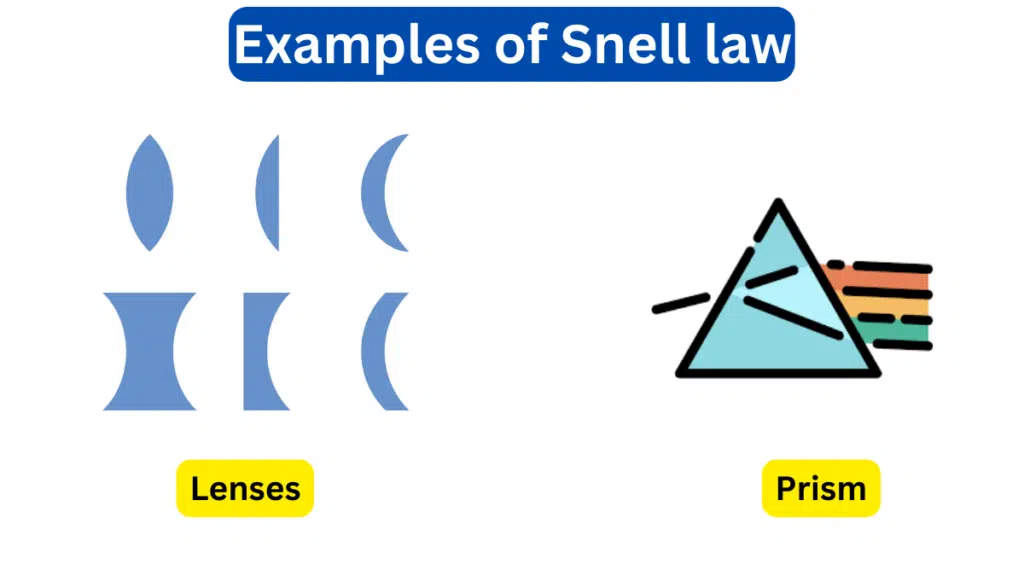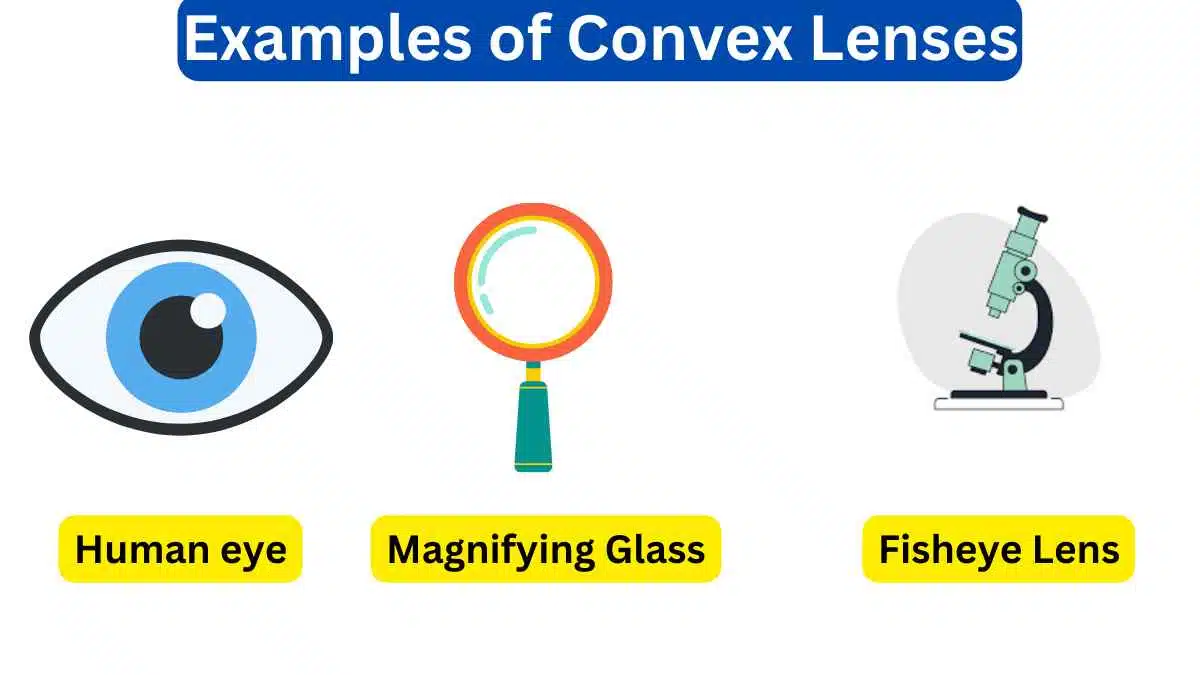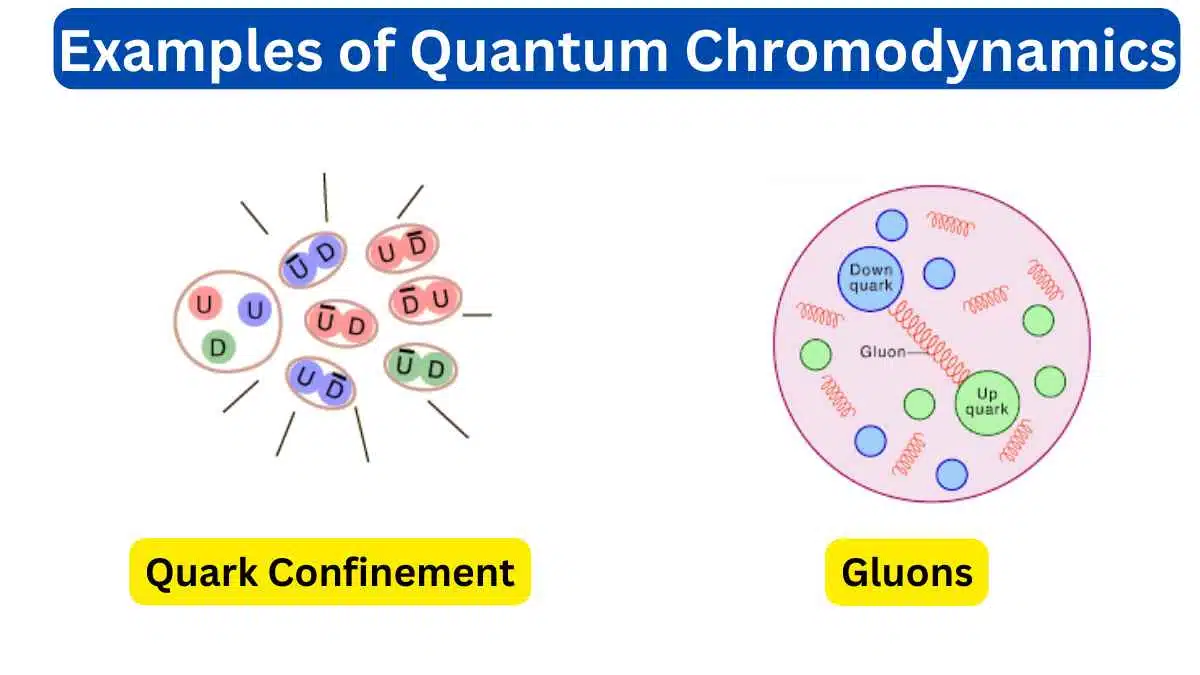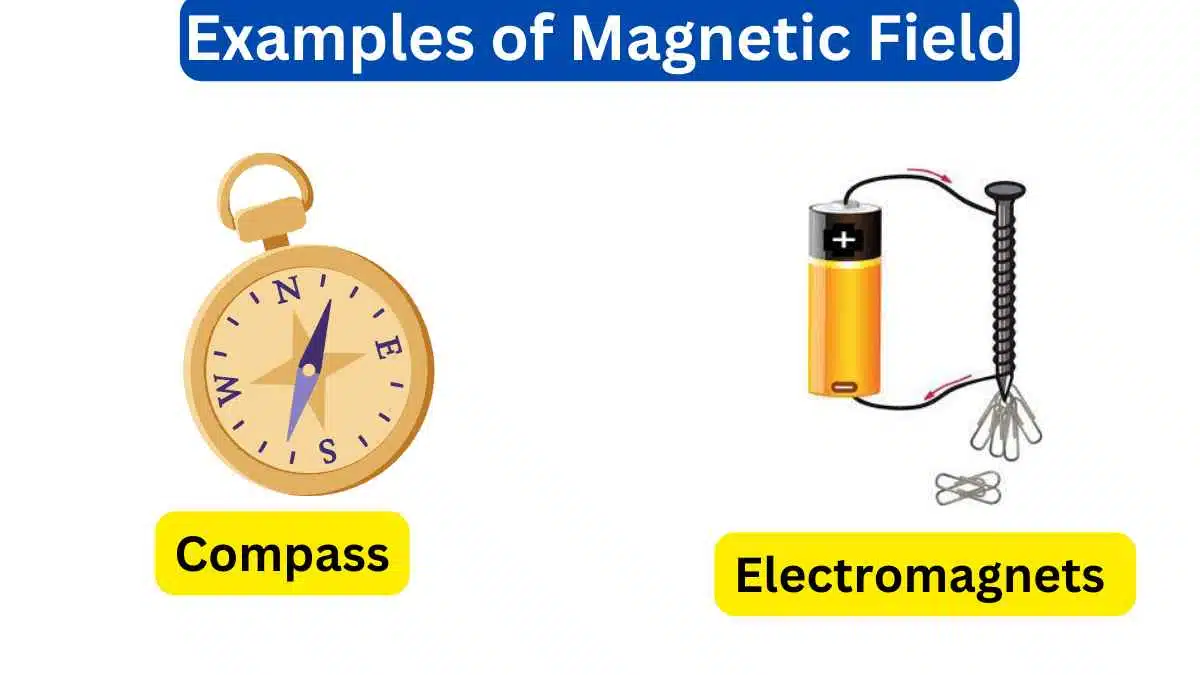10 Examples of Snell Law
Snell law is a fundamental principle in physics that relates the angles of incidence and refraction of light as it passes through a medium with a different optical index of refraction.
It states that the ratio of the sines of the angle of incidence and the angle of refraction is equal to the ratio of the optical indices of the two media. Examples of Snell’s law include lenses and prism.
Examples of Snell law
Here are ten examples of Snell Law in action.

1. Lenses
When light passes through the surface of a lens, Snell’s Law governs how the light is bent, allowing lenses to focus and form images in cameras, microscopes, and eyeglasses.
2. Prisms
Prisms use the principle of refraction to separate light into its component colors, creating a spectrum. The angles of refraction inside the prism are determined by Snell’s Law.
3. Eyeglasses
Eyeglasses use lenses to correct vision problems by adjusting how light enters the eye, and Snell’s Law helps determine the lens shape and thickness for specific prescriptions.
4. Fiber Optics
In fiber optic cables, Snell’s Law governs how light is guided through the core of the fiber by total internal reflection, enabling high-speed data transmission.
5. Mirages.
Mirages occur due to the bending of light as it passes through air layers of different temperatures. Snell’s Law explains the bending of light that creates the illusion of water or objects on a hot road.
6. Underwater Vision
Snell’s Law is at play when we view objects underwater. Light bends as it passes from the water into the air, causing objects to appear closer to the surface than they actually are.
7. Camera Lenses
Camera lenses use Snell’s Law to focus incoming light onto the camera’s sensor, creating sharp images.
8. Microscopes
Microscopes rely on lenses to magnify tiny objects, and Snell’s Law helps ensure that the light passing through the microscope objective forms clear images.
9. Telescopes
Telescopes use lenses and mirrors to gather and focus light from distant objects. Snell’s Law plays a role in how the light is refracted and reflected within the telescope.
10. Sunglasses
Sunglasses use lenses to reduce glare and protect the eyes from harmful UV rays. Snell’s Law helps determine the lens properties that achieve these effects.
These examples demonstrate the widespread application of Snell’s Law in optics and how it governs the behavior of light when it interacts with different materials and surfaces.







Leave a Reply